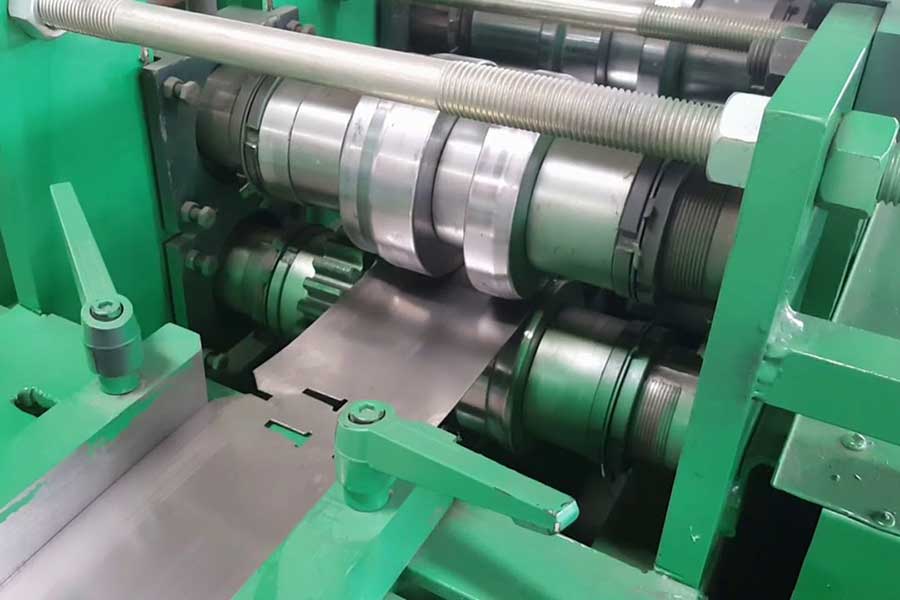
The roll forming process offers high-volume and precise profile production for many applications in the metal industry. However, there is always a risk that errors will occur and product quality will decrease in this complex process. At this point, error detection and quality control systems in roll forming machines come into play and offer the key to flawless production.
Keeping product quality at the highest level is vital to meet customer expectations, stay ahead of the competition, and reduce costs. Common errors that can be encountered in roll forming processes include; dimensional deviations, surface scratches, bucklings, bends and material damage. These errors can affect the functionality of the final product, as well as lead to customer dissatisfaction and increased scrap costs.
Error Detection Methods Used in Roll Forming Machines:
Various methods and technologies are used to detect and prevent errors at an early stage in roll forming processes:
- Optical Inspection Systems: The dimensions, shape and surface defects of the product are checked with high precision through cameras and laser scanners. These systems provide real-time data and provide immediate intervention.
- Contact Measurement Systems: Measurements at certain points of the product are taken by physical contact using sensors and styli. It gives reliable results, especially in the control of critical dimensions.
- Eddy Current Test: It is a non-destructive test method used to detect surface and near-surface cracks, gaps and other discontinuities. It is especially preferred in applications where material quality is important.
- Ultrasonic Testing: It is another non-destructive test method used to detect errors (cracks, gaps, segregations, etc.) in the internal structure of the material. It is effective in thick materials and when the detection of internal defects is required.
- Visual Inspection: Regular visual inspections by operators help to detect obvious errors and surface defects early. It becomes even more effective when integrated with automated systems.
The Role of Quality Control Systems:
Error detection methods alone are not enough. An effective quality control system is required to analyze detected errors, improve the process and prevent future errors. Quality control systems on roll forming machines usually include the following features:
- Real-Time Monitoring and Feedback: Data received from sensors and control systems are analyzed instantly and feedback is provided to operators or automatic control mechanisms.
- Automatic Process Adjustments: Machine parameters (speed, pressure, position, etc.) are automatically adjusted according to the detected errors, ensuring that the error is eliminated or recurred.
- Data Recording and Analysis: All data (measurements, error records, etc.) obtained during the production process are recorded and analyzed, the weak points of the process are determined and improvement studies are carried out.
- Manufacturing Execution Systems (MES) Integration: Quality control systems are integrated with general production management systems, enabling the entire production process to be managed more effectively.
Benefits of Effective Error Detection and Quality Control Systems:
- Reduced Scrap Rate: Thanks to the early detection and prevention of errors, the amount of scrap material is significantly reduced.
- Improved Product Quality: Customer satisfaction is increased by producing more consistent and error-free products.
- Increased Customer Satisfaction: High-quality products increase customer trust and loyalty.
- Low Production Costs: Production costs are reduced by reducing the scrap rate, eliminating the need for rework, and increasing efficiency.
- Competitive Advantage: High-quality products and low costs give businesses a competitive advantage.
As a result, the use of effective error detection and quality control systems in roll forming machines not only improves product quality but also positively affects the overall efficiency and profitability of enterprises. Investment in these systems will provide significant returns in the long run.
